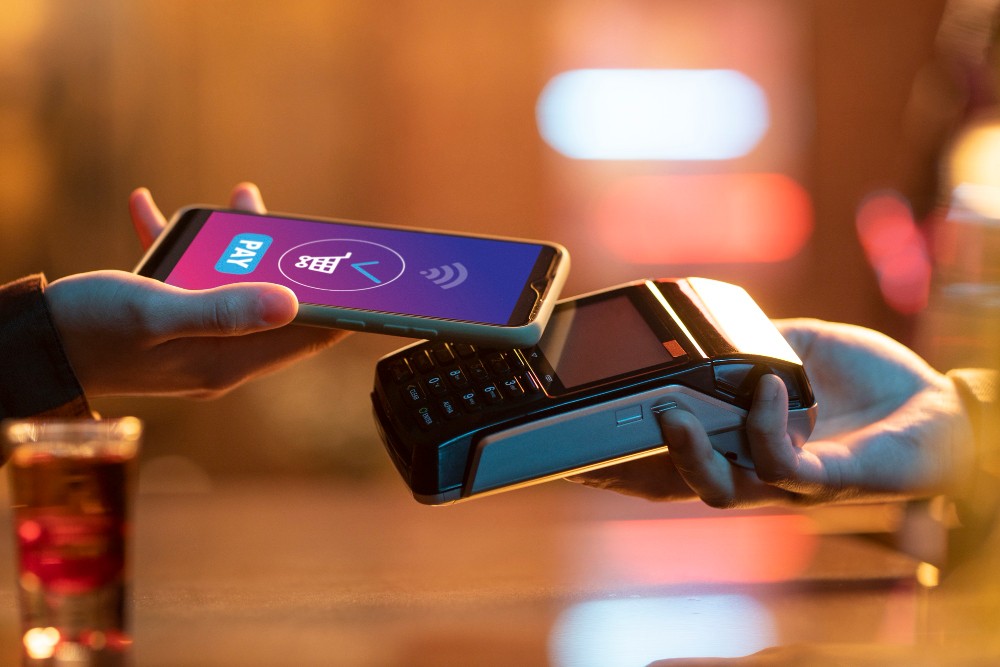
In today’s fast-moving world, the way we handle money has changed a lot. Just a few years ago, most people relied only on banks to save, transfer, or withdraw money. But now, digital payments have become a common part of everyday life. From scanning a QR code at a shop to transferring money instantly through a mobile app, digital payments are everywhere.
This shift raises an important question: Which is better—digital payments or traditional banking? Let’s explore both options, their pros and cons, and see which one might suit you best.
What Are Digital Payments?
Digital payments are transactions made through online platforms, mobile apps, or payment gateways without using physical cash. Examples include:
- UPI transactions
- Mobile wallets (Paytm, Google Pay, PhonePe)
- Internet banking transfers
- Debit/credit card payments
- Contactless payments (NFC-enabled cards, smartwatches, etc.)
These methods allow people to pay instantly and conveniently, making life much easier in a cashless economy.
What Is Traditional Banking?
Traditional banking refers to the old method of handling money—visiting a physical bank branch to deposit, withdraw, or transfer funds. Services like passbooks, cheque books, demand drafts, and face-to-face assistance are all part of this system. While traditional banks are slowly moving toward digital platforms, many people still trust the conventional way of banking for safety and reliability.
Advantages of Digital Payments
- Convenience Anytime, Anywhere
No need to visit a bank branch or carry cash. Payments can be done instantly from a smartphone, whether you’re at home, at a shop, or even traveling abroad. - Faster Transactions
With UPI or mobile wallets, payments happen in seconds compared to the longer processing time of cheques or offline transfers. - 24/7 Availability
Digital payments work round the clock, unlike traditional banks which have fixed working hours and holidays. - Rewards and Cashback
Many digital platforms offer discounts, rewards, and cashback for transactions—something you won’t find with traditional banking. - Better Tracking of Expenses
Most apps provide instant transaction records, helping users manage their budgets and spending habits more effectively.
Disadvantages of Digital Payments
- Cybersecurity Risks
Online frauds, phishing attacks, and hacking are big threats to digital transactions. - Dependence on Internet and Technology
Without a smartphone, internet connection, or electricity, digital payments cannot be made. - Technical Glitches
Server downtime or app errors can delay payments, causing inconvenience. - Lack of Trust Among Some Users
Many people, especially the elderly, still find it hard to trust digital methods and prefer cash or bank visits.
Advantages of Traditional Banking
- Personal Assistance
At a physical branch, you can talk to a bank officer directly, ask questions, and get guidance for loans, investments, or account issues. - More Secure for Large Transactions
Many people feel safer handling big amounts of money through bank cheques or demand drafts rather than online transfers. - Better for Non-Tech-Savvy Users
Those who are not comfortable with smartphones or online platforms find traditional banking easier. - Wider Range of Services
Banks provide additional financial services like fixed deposits, locker facilities, loans, and insurance which digital payment apps usually don’t.
Disadvantages of Traditional Banking
- Time-Consuming
Visiting a branch often means standing in queues, filling out forms, and waiting for approvals. - Limited Hours of Operation
Banks are closed on weekends and holidays, unlike digital payments that work 24/7. - Slower Transaction Speed
Cheques, demand drafts, or manual transfers can take days to clear. - Less Flexibility
Carrying cash for payments or visiting an ATM is less flexible compared to scanning a QR code instantly.
Which One Is Best for You?
The answer depends on your lifestyle, needs, and comfort level.
- Choose Digital Payments if:
You want quick, convenient, and cashless transactions in your daily life. It’s best for people who shop online, make frequent transfers, or prefer flexibility and speed. - Choose Traditional Banking if:
You deal with large sums of money, prefer face-to-face interactions, or are not comfortable using digital platforms. It’s also safer for those who live in areas with poor internet access. - Best Option: Use Both Together
The smartest choice is to combine both. Use digital payments for daily transactions like shopping, bills, and travel. Rely on traditional banking for secure savings, investments, and big financial decisions.
Final Thoughts
Both digital payments and traditional banking have their own strengths and weaknesses. Digital payments offer speed, convenience, and flexibility, while traditional banking provides security, personal assistance, and trust. Instead of choosing one over the other, a balanced approach works best. By using digital payments for small, everyday transactions and traditional banking for long-term financial planning, you can enjoy the best of both worlds.






